In 1929, novelist Franz Werfel, during a stay in Damascus, caught sight of some maimed and famished-looking refugee children working in a carpet factory. He soon learned that they, and thousands of others like them, were survivors of the 1915 Turkish massacre of Armenians. Werfel, though a Central European and a Jew, went on to write what today is still considered the definitive fictional treatment of the Armenian tragedy in his epic novel, “The Forty Days of Musa Dagh.”
In an analogous way, with “Bab al-Shams,” or “Gate of the Sun,” Lebanese Christian novelist, journalist and playwright Elias Khoury may well have written the first great Palestinian novel, a sprawling fictional account of the mass Palestinian displacement that began with the 1948 war. Khoury will read from “Gate of the Sun” at the Levantine Cultural Center in Culver City on Feb. 25.
Born in Beirut in 1948, Khoury became deeply attached to the Palestinian cause in the 1960s through Palestinian school friends who introduced him to the grim refugee camps that still surround the Lebanese capital. He worked at the Palestine Liberation Organization (PLO) Research Center in Beirut in the mid-1970s before launching a distinguished journalistic career with Su’un Filastiniya (Palestinian Affairs) and, more recently, serving as publisher and editor-in-chief of the culture and literature supplement to Beirut’s influential daily, An-Nahar. In 2004 he was appointed Global Distinguished Professor of Middle Eastern and Islamic Studies at New York University.
“Gate of the Sun,” was originally published in Beirut in 1998 to great acclaim. Subsequently, translations appeared in French and Hebrew, and an epic four-and-a-half-hour film version, “The Gate of the Sun,” directed by Egyptian film director Yousry Nasrallah, was released in 2004. The just-released English edition was translated from the Arabic by Humphrey Davies for Archipelago Books.
Khoury’s “outsider” status plays a major role in the formation of his novel and may also be a key to its greatness. Unlike Palestinian novelists Emile Habibi and Ghassan Kanafani, for example, Khoury could not write out of his own memories of Palestinian life, but had to make use of the memories of others. He researched Palestinian oral accounts of the period as well as Israeli chronicles of the war that followed the creation of the state, including Ben Gurion’s memoirs. He also spent five years listening to the stories of Palestinian refugees in squalid Lebanese camps like Shatila, the beginning and the end of the novel’s swirling journeys.
“I try to identify with refugees as much as possible,” Khoury told a Chicago Palestine Film Festival audience last year, “and give them a voice to speak with.”
The narrator of the novel is a peasant doctor, Khalil, who spends his time in a makeshift house in Shatila refugee camp, telling stories and reminiscing at the bedside of a comatose, aging fighter in order to keep him alive. Swirling out of this apparently hopeless and frequently digressive monologue comes a thousand and one stories of Palestinian bravery, foolishness, passion, devotion and defeat.
The black humor of the premise is intentional, as are the allusions to Scheherazade and “A Thousand and One Nights.” Whereas her stories prevented her own death, Khalil’s tales attempt to forestall the death of another — to provoke, cure and redeem his dying friend.
The comatose patient, Yunes (Jonah), is from Galilee, and it is his love for his wife, Nahilah, that forms the novel’s central tale. Through Khalil, the storyteller, we follow Yunes and Nahilah as they meet secretly in a cave called bab al-shams in Arabic, or “gate of the sun” where they eat, make love and discuss the children.
“‘Palestine is not a cause,'” Khalil recalls Yunes telling him, “‘because the land doesn’t move from its place. That land will remain, and the question isn’t who will hold it, because it’s an illusion to think that land can be held. No one can hold land when he’s going to end up buried in it. It’s the land that holds men and pulls them back toward it. I didn’t fight, my dear friend, for the land or for history. I fought for the sake of a woman I loved.'”
Not surprisingly, Khoury’s narrator tells vivid and disturbing tales of Palestinian victimization and Israeli cruelty in the context of the 1948 war. But the novel also explores Palestinian complicity in the tragedy and the reality of deep personal connections between the two peoples.
“The story of the Nakba, the ‘catastrophe’ of 1948,” Khoury said in a recent interview, “hadn’t really been told. The emergence of these memories is a way of creating a new vision of Palestine. Since the image of the Palestinian portrayed in literature and the dominant ideology was a heroism and martyrdom, I think the novel [helps] liberate people by telling the stories of humiliation and interior defeat that they never told.”
Speaking about the Holocaust, Khalil tells Yunes: “You and I and every human being on the face of the planet should have known and not stood by in silence, should have prevented that beast from destroying its victims in that barbaric, unprecedented manner. Not because the victims were Jews but because their death meant the death of humanity within us.”
As Ammiel Alcalay aptly summed it up in a 2002 Village Voice article on Khoury’s work:
“In tracing these maps of the interior [of Palestinian and Israeli experience], Khoury opens up a whole new territory, envisioning a place where confronting pain and suffering might lead, if not to reconciliation, then at least to recognition of the other in oneself, even as it gets harder every day.”
The Levantine Cultural Center presents Elias Khoury reading from “Gate of the Sun,” along with a concert headlined by vocalist Naser Musa on Feb. 25 at 8 p.m. 5920 Blackwelder St., Culver City. $25. For information, call (310) 559-5544.
Gabriel Meyer is an award-winning poet, journalist and novelist. He won Catholic Press Association awards for his coverage of the first Palestinian intifada in 1989 and went on to cover the Balkan war for the National Catholic Register in the early 1990s. Since 1998, he has written extensively on the civil war in Sudan and is the author of “War and Faith in Sudan” (Eerdmans, 2005).







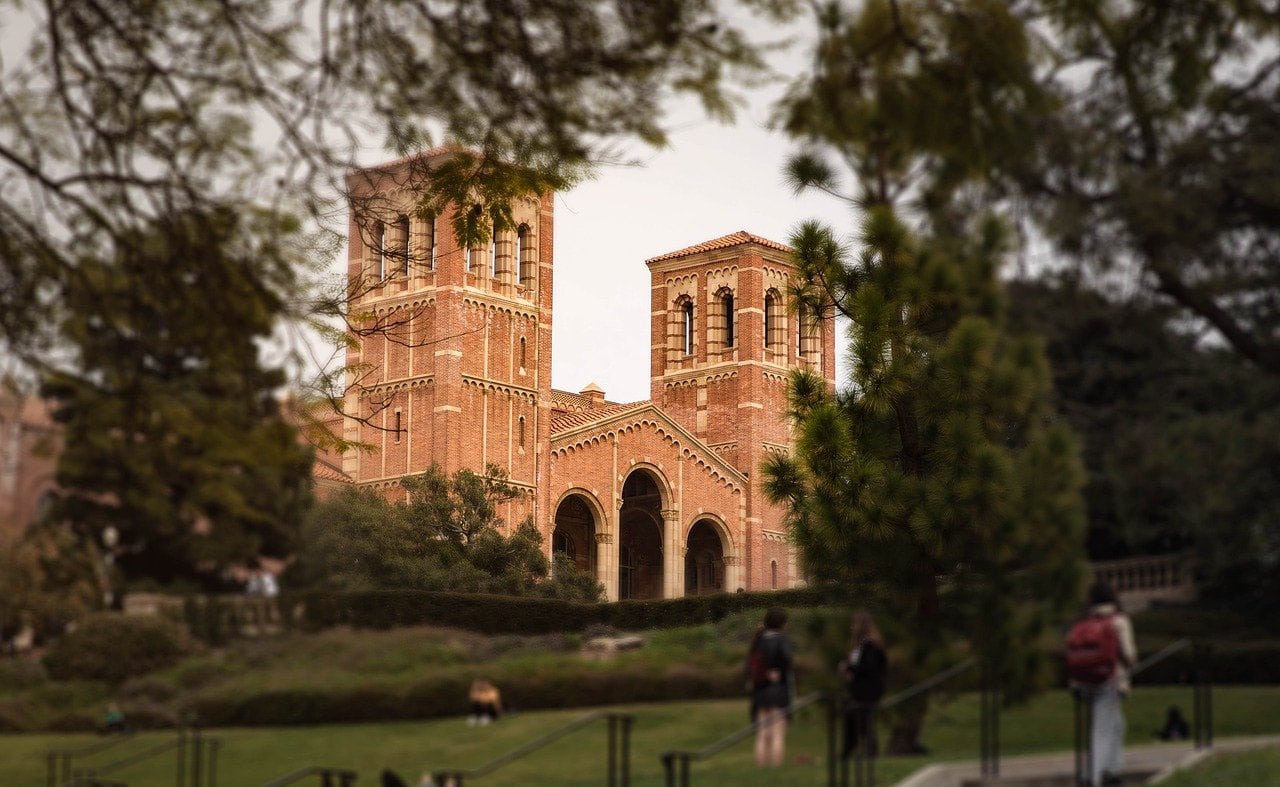
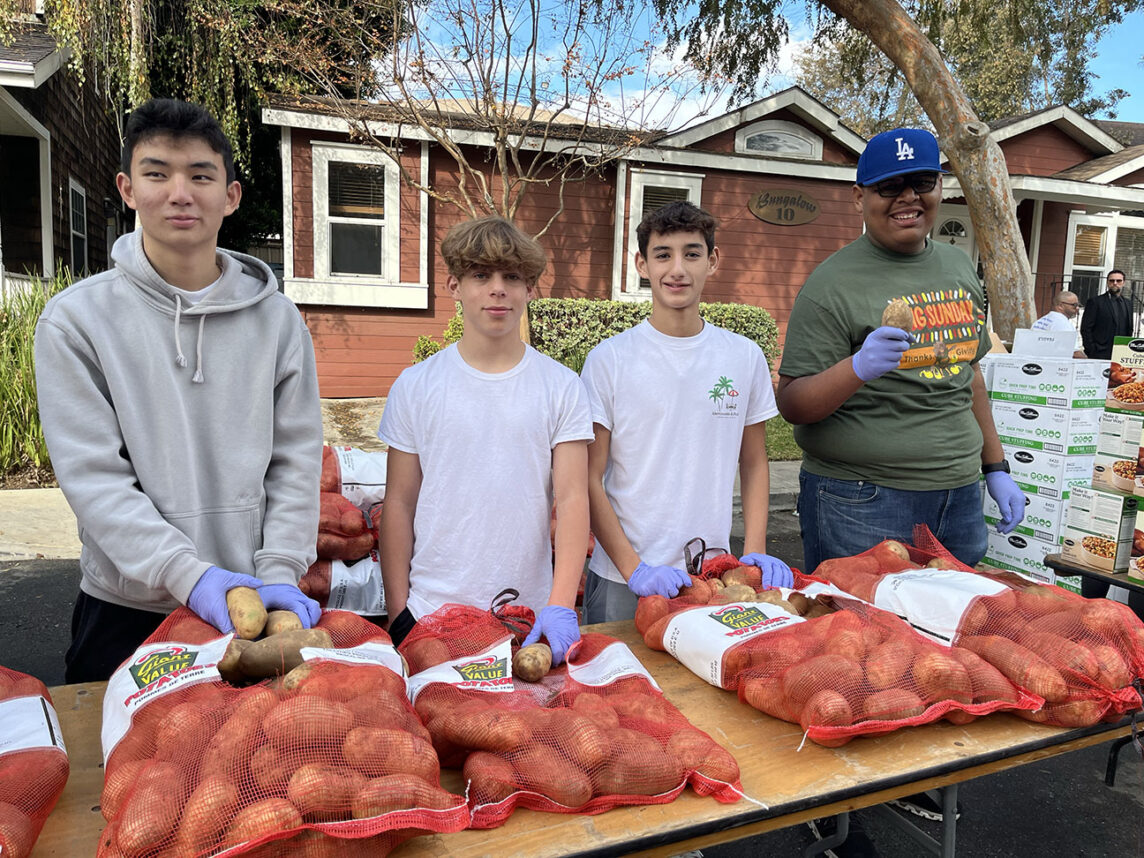
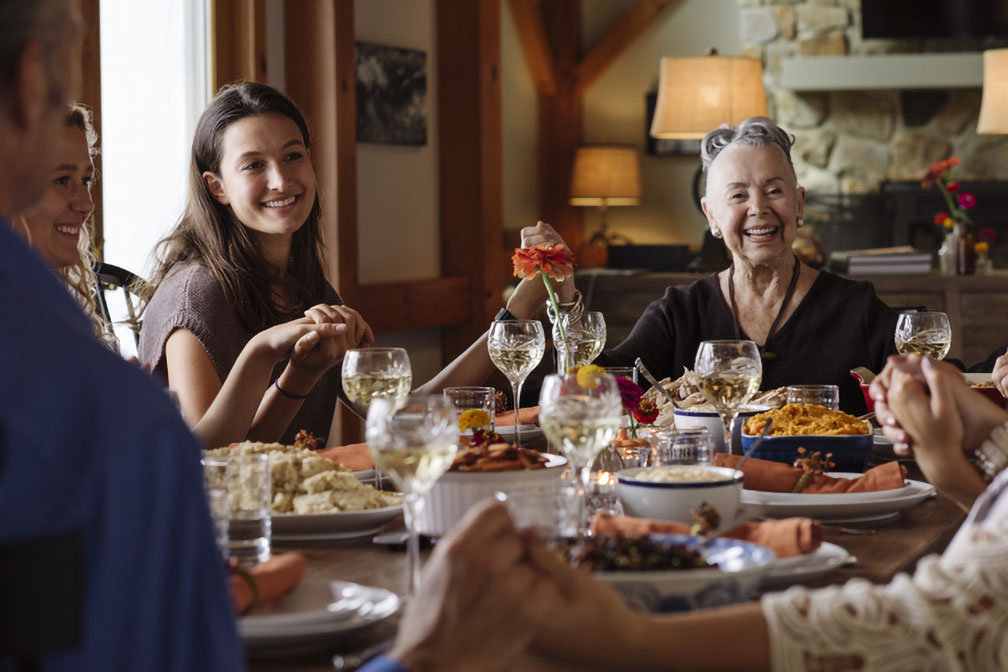


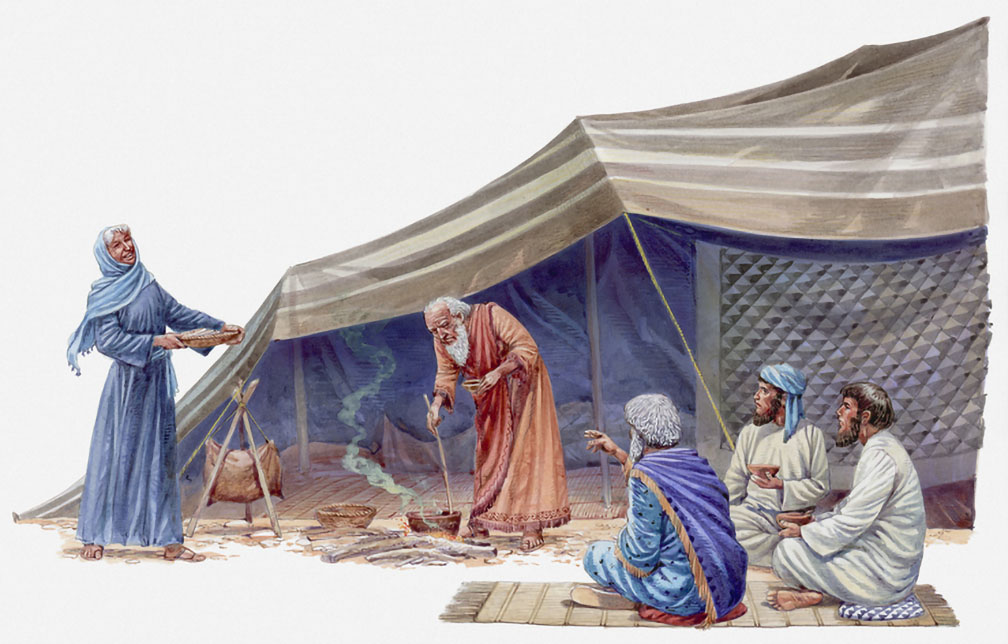

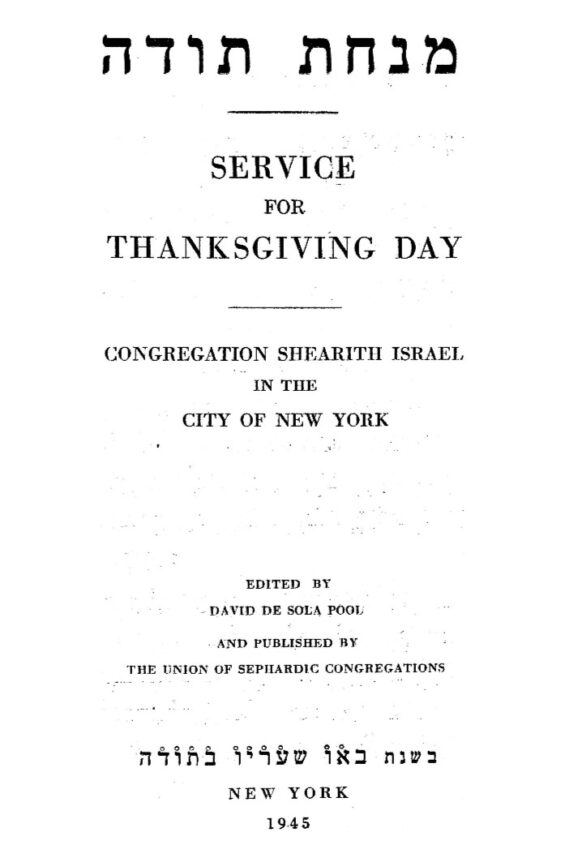





 More news and opinions than at a Shabbat dinner, right in your inbox.
More news and opinions than at a Shabbat dinner, right in your inbox.